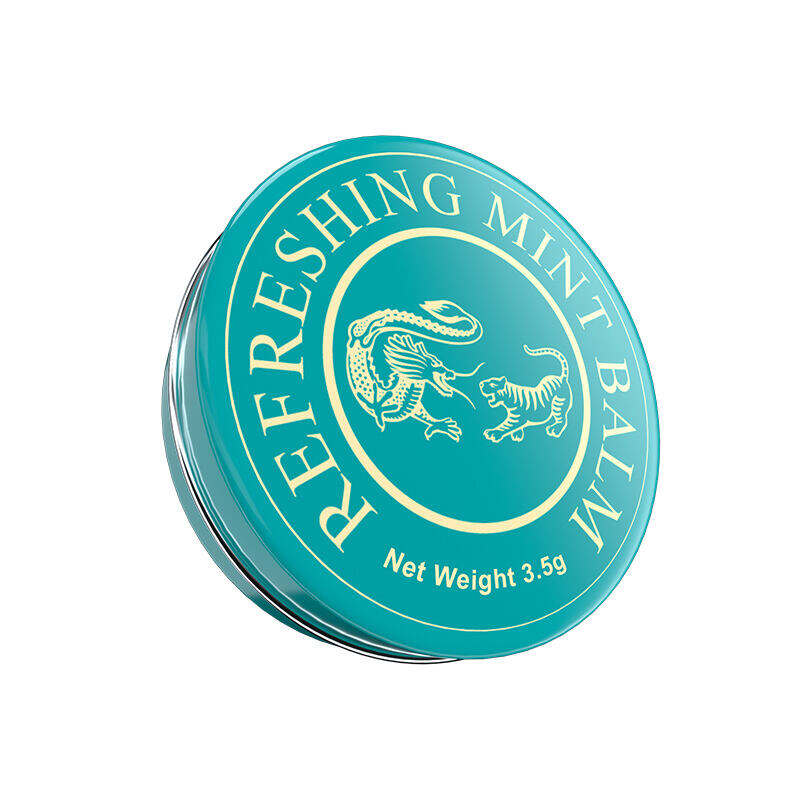Ebediyenin başlangıcından beri, hafif bedensel ağrı ve olası çözümü arayışı insan olmanın bir parçası olmuştur. Tüketici sağlık reyonlarında sürekli değişen yüzler arasında, dikkat çekici bir şekilde tutarlı kalan tek bir tüketici sağlık ürünü vardır; tiger balm. Bu ürün, sadece şöhretiyle değil, aynı zamanda dünya çapında milyonlarca insanın reçetesiz (OTC) satılan ürünleri arasında alışkanlıklarında sağlam bir yere sahip olmuştur.
Tiger Balm'in hikayesi birkaç dekada dayanır ve wellness kavramı yaygın bir ifade haline gelmeden çok önce zaten kendi nişini oluşturmaya başlamıştır. Aynı ürünün genel marketlerde ve eczanelerde satışa sunulması, erişilebilirliğe dayalı bir mirasın başlangıcını işaret etmiştir. Tarihsel gelişimler, onu geçici modaların dinamik fenomenlerine sınırlamamış, bunun yerine reçetesiz satılan, kolay erişilebilir self-care çözümlerinin bulunduğu OTC kategorisinin içine sağlam bir şekilde yerleştirmiştir. Bu konum hayatiydi ve günlük rahatsızlıklarla başa çıkmak için kendilerine tanıdık destek arayan tüketicilere çok daha yakındı.
Tiger Balm'ın benzersiz özelliği ve onu gerçekten ayıran şey, çok uzun bir süredir pazarda olmasıdır. En başarılı ürünler bile büyük satışlarla pazara girdikten sonra raflarda kalmış, değişen tercihlerin veya rekabetin ön saflarında sıkışıp kalmıştır. Bununla birlikte Tiger Balm hala pazarda. Değişen politikalara ayak uydurmuş, dinamik perakende ortamlarına adapte olmuş ve ekonomik dalgalanmaları aşmayı başarmıştır. Bu büyüklükte bir dayanıklılık, OTC (reçetesiz satılan ilaçlar) rekabetçi pazarında büyük miktarda tüketici güveni ve tüketimi anlamına gelmektedir. Tüketici, alışık oldukları kavanoz ya da kutuya olan güvenleri gündelik bir olay haline gelmiş; her yıl, her mevsim güvenebilecekleri bir hale gelmiştir.
Bu kadar uzun süreli bir varlık yalnızca ticari bir başarı değil, aynı zamanda kültürel bir emilimdir. Ürün olarak evrilip yaygın bir deneyime dönüşen Tiger Balm, nesiller boyunca aileler arasında aktarılmıştır. Eşsiz varlığı, her iki kıtada da uygulanan ve tanınabilir bir ritüelin yanı sıra ulaşılabilir bir ferahlama imgesine dönüşmüştür. Bu durum, ürünün dünyanın her yerindeki reçetesiz satılan ilaç raflarında her zaman bulunmasıyla da pekişmiş ve farklı toplumlarda normal bir referans noktası hâline gelmiştir. Geniş yaygınlığı, onun her yerde, büyük şehir eczanelerinde ya da kırsal bölge genel mağazalarında bulunmasını garanti altına aldığından, yaygın ambalaj muhtemelen herkesin görüş alanındaydı.
Yeni eskimenin yerini aldığı çağdaş tüketici piyasasında, Tiger Balm eski OTC (reçetesiz satılan ilaç) konumunu korumayı başarmıştır. Bu, kalıcı değerlerin ve sürdürülebilir performansın tarih yaratabileceğine dair yalnızca bir hatırlatmadır. Gelecekte varlığını sürdürmesi, sert ve yenilikçi bir yeniden icat gerektirmemekte; bunun yerine kişisel bakım ritüelleri içerisinde zamanla kanıtlanmış belirli bir niş ihtiyacın karşılmasına dayanmaktadır. Tiger Balm, temel bir ihtiyacın güvenilir ve dikkat çekmeden ulaşılabilir bir şekilde yerine getirilmesiyle bir ürünün sürekli varlık hâline nasıl dönüşebileceğini göstermektedir.
Reklamda Tiger Balm'ın OTC hatları, inanılmaz dayanıklılığın ve yerleşmiş kabulün hikayesidir. Eczane ve mağaza raflarında geçirdiği on yıllar, onun özel bir başarıya ulaştığını, yani kendine bakımın eşlik eden bir öğesi statüsüne yükseldiğini göstermektedir. Değişen bir dünyada tanınabilir, sürekli hareket halindeki bir dünyada ise rahatlatıcı bir varlıktır; güvenin ve konforlu yaşamın sürekliliğini gösteren küçük bir kavanozdur. OTC alanında sahip olduğu güçlü konumu, hâlâ uzun ve sessiz bir şekilde, kökleşmiş konumunun kanıtı olmaya devam eder.

 EN
EN AR
AR HR
HR CS
CS NL
NL FR
FR DE
DE EL
EL HI
HI IT
IT JA
JA KO
KO PL
PL PT
PT RO
RO RU
RU ES
ES SV
SV TL
TL IW
IW ID
ID SR
SR UK
UK VI
VI HU
HU TH
TH TR
TR FA
FA AF
AF MS
MS KA
KA BN
BN GU
GU LA
LA MY
MY KK
KK MG
MG UZ
UZ






